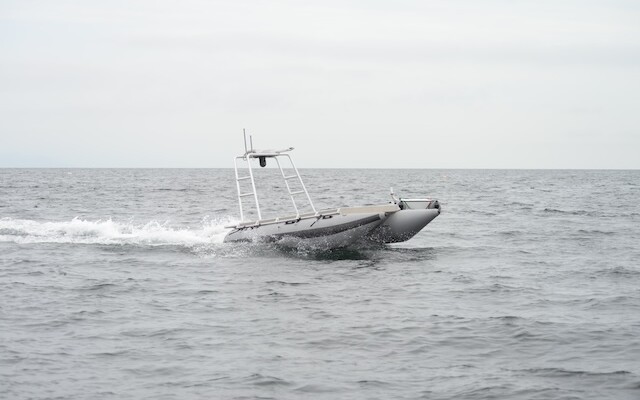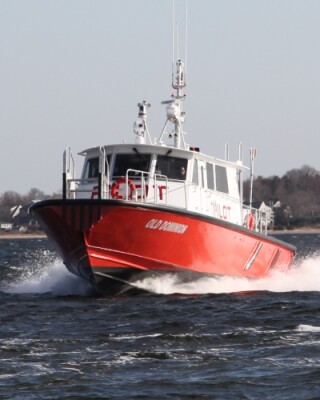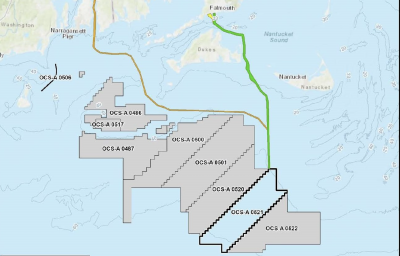The Canadian coast guard's Marine Environmental and Hazard Response unit of Haida Gwaii has acquired the first-ever autonomous surface vessel (ASV) within the Canadian coast guard. The delivery culminates two years of dedicated effort, innovation, and collaboration between Shift Coastal Technologies, and the Canadian coast guard’s autonomous systems.
To meet the emerging technology needs of the Canadian coast guard, the OceanSled Ranger Autonomous Surface vessel, and the Coastal Intelligence Management System (CiMS) software was evaluated and procured based on its unique capabilities and adaptability. The OceanSled Ranger is a shallow water, multi-mission ASV. The Canadian coast guard intendeds to use the boat for marine emergencies, including missing persons and coastal environmental protection.
The new boat can remove personnel from dangerous nearshore and intertidal environments. Its modular architecture allows seamless integration of sensors, including surface and subsea cameras for improved marine domain awareness during a marine incident. The software system can be deployed locally or in the cloud, and ingests, fuses, and visualizes crucial data from remotely operated systems, providing real-time insights for decision-making during critical operations.
The vessel is designed to be operated from remote coastal locations to provide real-time information to assist responders in making decisions and managing response resources effectively. Shift Coastal Technologies worked closely with coastal communities including the T’Sou-ke First Nation marine team during the design and testing phases of the OceanSled. In addition to testing the system in territorial waters, we share a common goal: safeguarding coastal waters through sustainable solutions that balance technological innovation with cultural preservation.
Upon delivery at Haida Gwaii, the system offered a simple, reliable, and user friendly package that is rapidly deployable by emergency teams. Throughout the design and testing processes, Coast guard personnel from coast guard central division had multiple meetings in person and on the water to gather important feedback and collaborate on final system design.
The package includes integration of aerial and surface vessel imagery, as well as sensor data into a common operating picture, representing a advancement for the Canadian coast guard. Ongoing testing and evaluation of the platform by the Canadian coast guard in remote locations across the country guide further development by Shift Coastal Technologies.
The Canadian Coast Guard is committed to adopting cutting-edge technology, that reduces costs and expands capabilities. Autonomous vessels are not replacing skilled mariners — instead they are going to help them make informed decisions in difficult conditions, and multiply coastal response abilities for Canada’s vast and remote coastlines.





